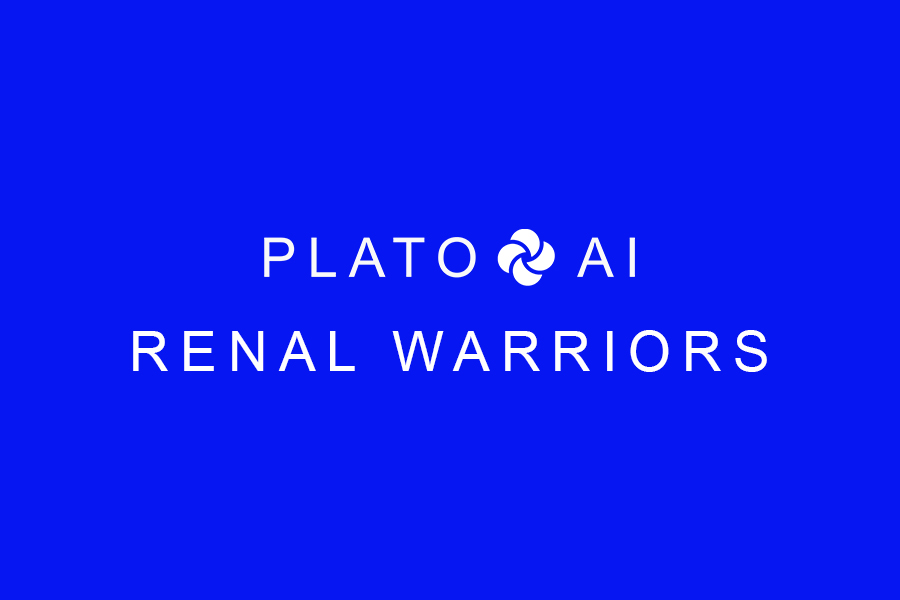Pulmonary hypertension is a serious condition that affects the blood vessels in the lungs, causing high blood pressure in the pulmonary arteries. This can lead to symptoms such as shortness of breath, chest pain, and fatigue, and if left untreated, it can result in serious complications such as heart failure.
Diagnosing pulmonary hypertension can be challenging, as it requires specialized tests such as echocardiography to accurately assess the function of the heart and lungs. Echocardiography is a non-invasive imaging technique that uses sound waves to create detailed images of the heart and surrounding structures. It is commonly used to diagnose and monitor various heart conditions, including pulmonary hypertension.
Recently, researchers have been exploring the use of artificial intelligence (AI) in echocardiography to improve the accuracy and efficiency of diagnosing pulmonary hypertension. AI algorithms can analyze echocardiographic images and identify patterns or abnormalities that may be indicative of pulmonary hypertension. This can help clinicians make more accurate diagnoses and develop personalized treatment plans for patients.
One study published in the Journal of the American College of Cardiology found that an AI algorithm was able to accurately classify pulmonary hypertension based on echocardiographic images with a high degree of sensitivity and specificity. The researchers concluded that AI has the potential to enhance the diagnostic capabilities of echocardiography and improve patient outcomes.
In addition to diagnosing pulmonary hypertension, AI can also be used to monitor disease progression and response to treatment. By analyzing changes in echocardiographic parameters over time, AI algorithms can help clinicians track the effectiveness of interventions and adjust treatment plans accordingly.
Despite the promising potential of AI in echocardiography for classifying pulmonary hypertension, there are still challenges that need to be addressed. For example, AI algorithms require large datasets of echocardiographic images to train and validate their performance, which can be difficult to obtain due to the rarity of pulmonary hypertension cases. Additionally, there are concerns about the interpretability and transparency of AI algorithms, as clinicians need to understand how the algorithms arrive at their conclusions in order to trust their recommendations.
Overall, the use of echocardiographic AI in classifying pulmonary hypertension represents an exciting advancement in the field of cardiology. By harnessing the power of AI to analyze complex imaging data, clinicians can improve their diagnostic accuracy, optimize treatment strategies, and ultimately improve outcomes for patients with pulmonary hypertension. As research in this area continues to evolve, we can expect to see further advancements in the use of AI in echocardiography for pulmonary hypertension classification.
- The Renal Warrior Project. Join Now
- Source: Plato Data Intelligence.
- Source: https://renal.platohealth.ai/echocardiographic-artificial-intelligence-for-pulmonary-hypertension-classification/

